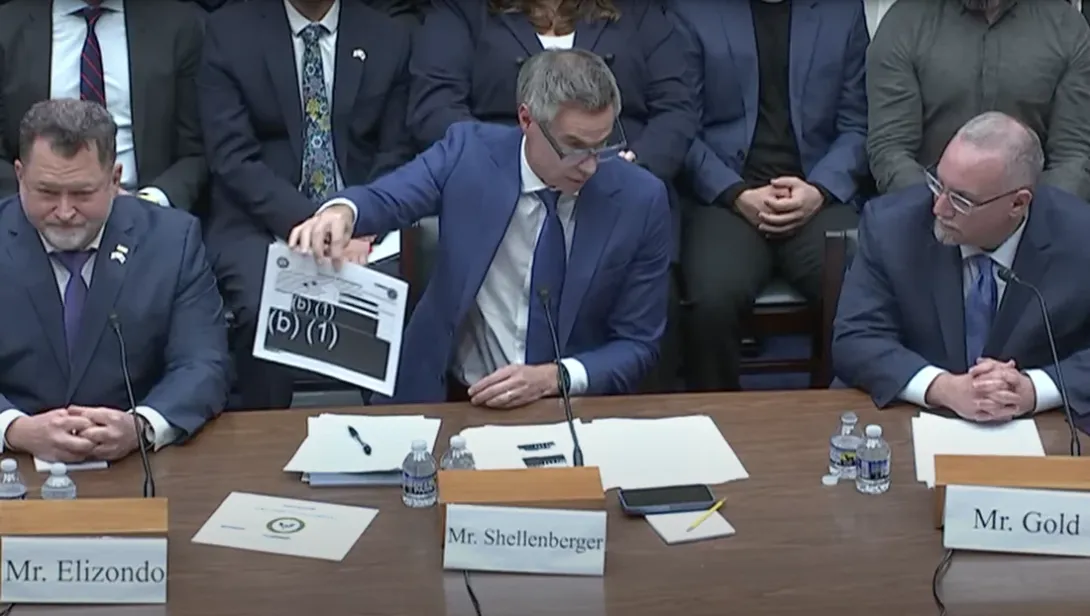A Changing Landscape: From Secrecy to Transparency
Shifting Government Policies
Historically, discussions of UFOs were often relegated to secrecy or dismissed as hoaxes. Over the last decade, however, governments—particularly the United States—have begun adopting more transparent policies. Previously classified programs and sightings, such as those investigated under the Advanced Aerospace Threat Identification Program (AATIP), are now in public discourse.
- UAP Task Force Reports: Since 2021, U.S. intelligence agencies have released unclassified assessments on UAP incidents. These documents discuss potential threats to aviation safety and national security while emphasizing that many sightings remain unexplained.
- NASA’s UAP Independent Study Team (2023): NASA established a research group of scientists and engineers to examine credible evidence of UAPs. Their public report outlines strategies for collecting better data and encourages rigorous scientific inquiry into unidentified aerial phenomena.
These initiatives mark a shift toward acknowledging that some airborne sightings warrant serious investigation, rather than outright dismissal.
Modern Tools and Investigations
Advanced Radar and Sensor Technology
The 21st century offers unprecedented detection capabilities. Pilots and air traffic controllers now have access to high-resolution radar, infrared cameras, and other sensors that can capture data on unidentified objects. These technologies allow experts to distinguish between familiar objects—drones, weather balloons, satellites—and truly unusual sightings that don’t match known flight patterns.
Citizen Science
In an era of ubiquitous smartphones, crowdsourcing UFO data has become increasingly common. Online communities such as MUFON (Mutual UFO Network) encourage amateur skywatchers to report sightings, share photos and videos, and collaborate with professional researchers. Websites and mobile apps also allow users to compare sightings in real time—providing valuable data on frequency, location, and patterns of UAP encounters.
Theories and Debates
Extraterrestrial Hypothesis
The most widely recognized explanation for UFOs is the possibility of advanced life forms visiting Earth. Advocates of this theory point to unexplained maneuverability, acceleration, and radar signatures that seemingly defy known human technology. While no conclusive proof exists, recurring patterns in some sightings keep the extraterrestrial debate alive.
Terrestrial Explanations
Critics and skeptics propose more down-to-earth explanations. They suggest that many UFO reports could be undisclosed military aircraft, high-altitude weather balloons, or advanced drone technology. Optical illusions, atmospheric phenomena, and software glitches also account for a number of sightings. Despite the more prosaic explanations, some incidents still defy immediate or conventional classification.
Psychological and Social Factors
Aside from the physical phenomena, UFO sightings reflect a broad social and psychological dimension. Cultural beliefs, media coverage, and personal expectations can influence how people interpret unusual aerial observations. Researchers in fields like psychology and sociology study these elements to better understand the global fascination with UFOs and the potential for misinterpretation.
Notable Incidents of the Modern Era
- Nimitz Encounter (2004): U.S. Navy pilots reported an encounter with a “Tic Tac”–shaped object off the coast of California. Declassified footage and pilot testimony describe extraordinary flight dynamics—sparking intense debate over what technology could account for these maneuvers.
- Phoenix Lights (1997): Thousands of witnesses in Arizona reported seeing massive V-shaped lights spanning miles across the night sky. While the official explanation involved military flares, many who observed the event remain unconvinced.
- East Coast Navy Sightings (2014–2015): Multiple Navy pilots detected objects moving at hypersonic speeds without visible propulsion. Radar and infrared sensors captured these anomalies, some of which remain unexplained even after official investigations.
Ongoing Challenges and the Road Ahead
Data Quality
A common refrain in UFO research is the need for reliable data. Blurry photos or secondhand witness accounts fall short of scientific standards. Researchers urge the use of calibrated sensors, high-resolution imagery, and multi-sensor correlation to build a more robust dataset for scientific analysis.
International Collaboration
UFO sightings are a global phenomenon that transcend national boundaries. Improved international cooperation could streamline data collection and foster consensus on classification methods. Agencies in countries like France, the UK, and Brazil maintain their own UFO research initiatives, but greater collaboration could accelerate breakthroughs.
Cultural and Scientific Relevance
As the line between mainstream science and ufology continues to blur, UFO studies may gain new credibility. High-profile reports and official acknowledgment shift public perception, encouraging more scientific experts to weigh in. This merging of public interest, governmental transparency, and scientific scrutiny is rapidly reshaping the conversation around UFOs.
Further Reading & Resources
- NASA’s UAP Independent Study Report (2023) – Outlines methods for improving data collection on UAPs.
- Office of the Director of National Intelligence (ODNI) UAP Assessments – Declassified reports investigating recent sightings.
- Advanced Aerospace Threat Identification Program (AATIP) – Former Pentagon program credited with bringing the UFO debate into the mainstream.
- The Debrief – An online publication focusing on defense and aerospace tech, often covering UFO/UAP developments.
- MUFON (Mutual UFO Network) – A leading civilian organization collecting and researching UFO sightings worldwide.
Conclusion
The modern UFO discourse stands at a turning point. With rapid advancements in technology and a surprising push for governmental transparency, the possibilities for serious inquiry are more promising than ever. Some argue that we may be on the brink of understanding something truly remarkable—whether it’s clandestine human technology, atmospheric anomalies, or even evidence of extraterrestrial presence. One thing is certain: the sky’s still the limit for UFO research, and the story continues to evolve.
Whether you’re a skeptic, believer, or simply curious, the UFO phenomenon invites us to reconsider what we think we know about our skies—and our place in the cosmos.

Comments